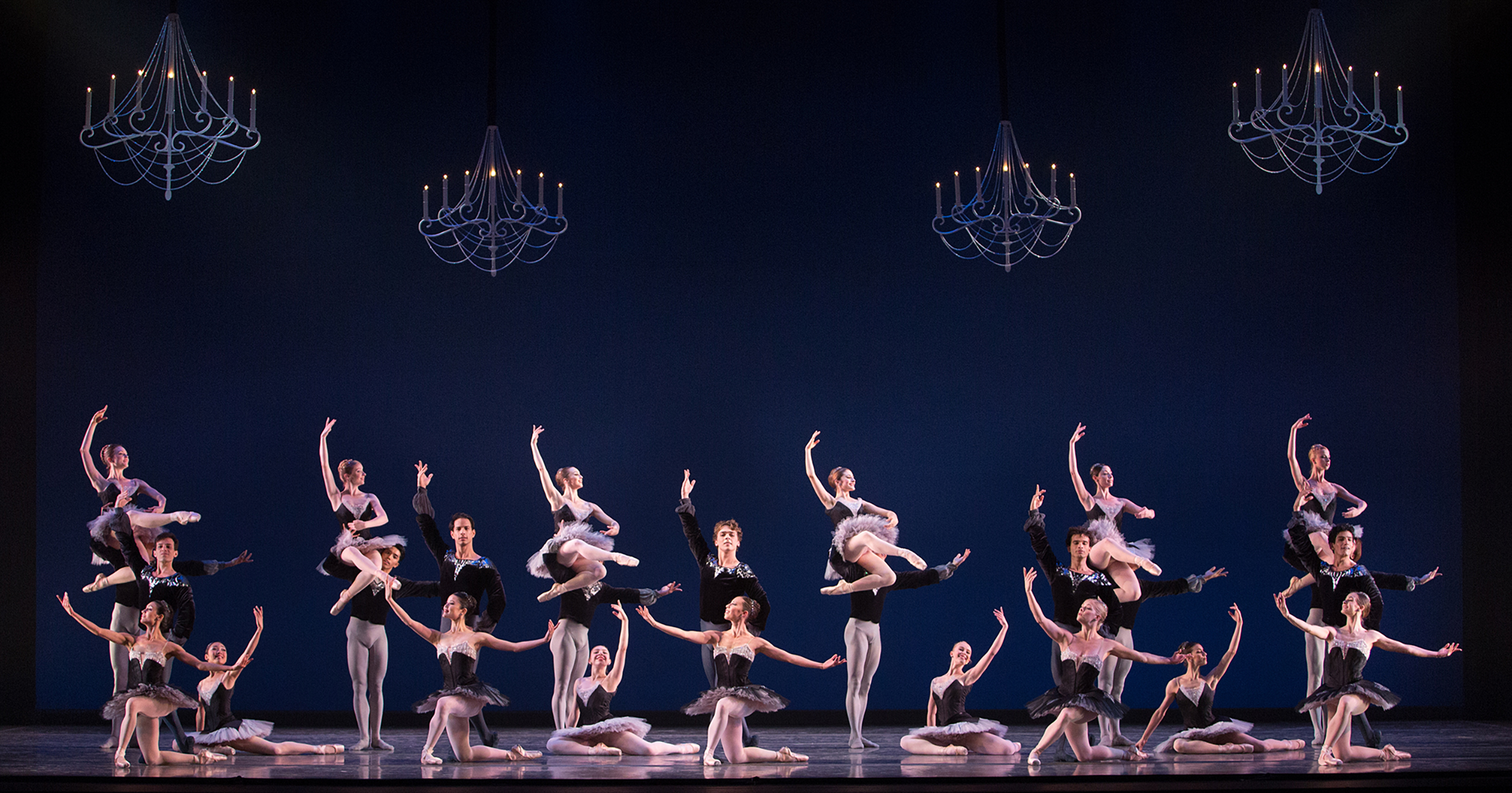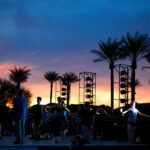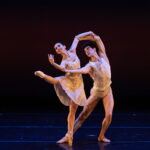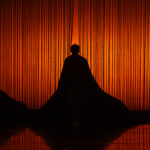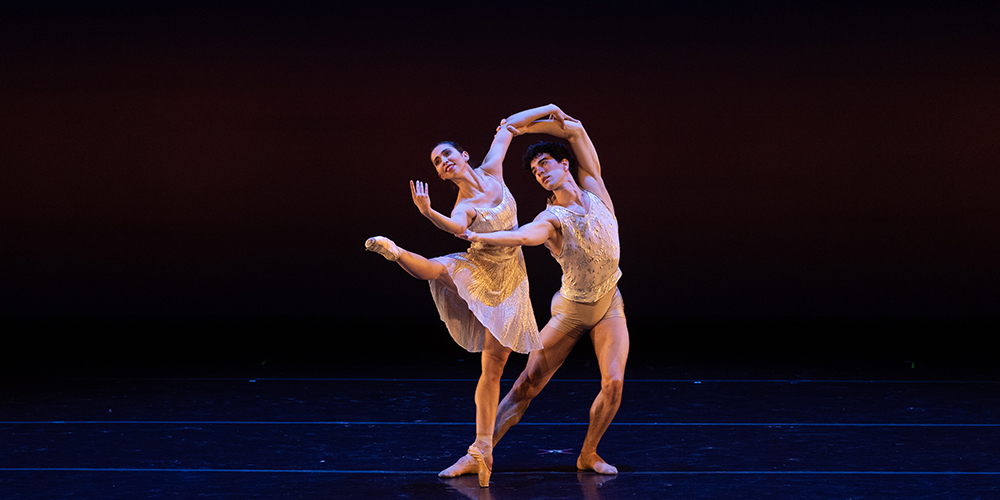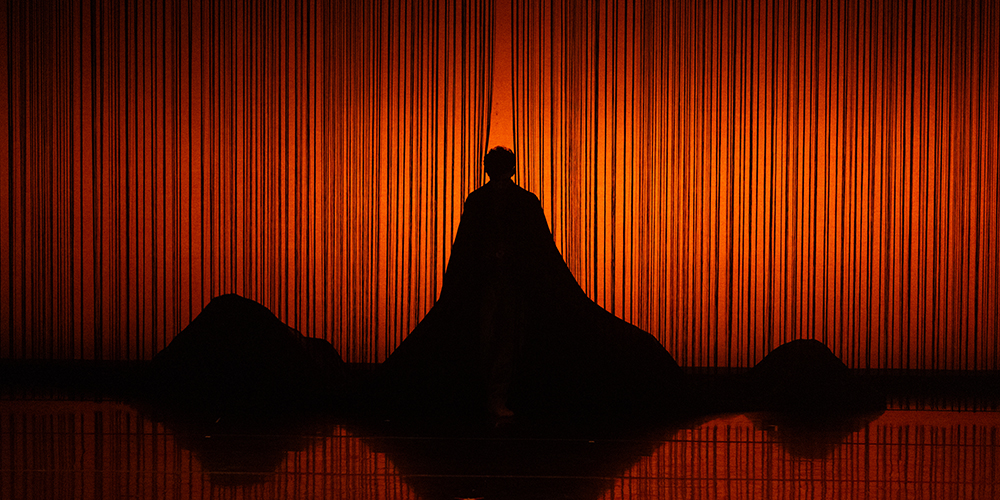An Interview with Artistic Director Ib Andersen and Costume Director Leonor Texidor
Ballet Arizona’s first-ever fashion show steps onto the runway October 14th, in our very own Dorrance Theatre. Attendees will get an up-close and personal look at the incredible costumes from across the company’s repertoire.
Get Your Ticket to Fashion & Fizz
We got a chance to speak with Artistic Director, Ib Andersen, and Costume Director, Leonor Texidor, to discuss the inspiration behind some of these incredible costumes and the process of creating these pieces from sketch to stage.
BAZ: How do you take costumes from concept to stage?
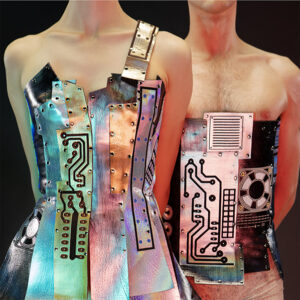 Ib: There’s a story to each costume. The monsters [from The Firebird] were based on the inside of old computers/chipboard/video machines. Part of the Soldier costume’s sleeves were based on Sydney’s Opera House.
Ib: There’s a story to each costume. The monsters [from The Firebird] were based on the inside of old computers/chipboard/video machines. Part of the Soldier costume’s sleeves were based on Sydney’s Opera House.
For A Midsummer’s Night Dream, it was based on a famous Italian baroque painter, Tiepolo. That was the inspiration. He is very famous for his colors. I wanted to have his likeness; he has a very special color palette. It’s all about light and very pastel. All of the costumes from Midsummer’s were based on this and a million other things.
BAZ: When it comes to costumes for your original pieces, such as The Firebird, where do you find inspiration?
Ib: Most things are from various places… When you work with [Costume Designer Fabio Toblini], there’s many different inspirations. Once, we were in New York City and [Lighting Designer] Michael Korsch and me and Fabio, we went to an exhibit by an American graffiti artist. He was a black artist who was very famous in the ’70s. All of Katschei’s [from The Firebird] costumes are based on his iconography.
BAZ: What determines and inspires the materials you use for the costumes?
Leonor: It depends on the movement and the dancers.

Ib: It depends on what you’re going to do. Every costume will have a story. If you take the costumes from Midsummer’s second act, with all the pink girls, it’s about layering so that it has texture. You need to make it alive by using different layers of fabric.
BAZ: What’s the story behind the costumes from Diversions?
Ib: That was a tricky costume to make. It was an experiment. Everything is an experiment.
Leonor: It was lycra. When I worked on Diversions, I worked on two things. For the girls, I used lycra and then wrapped around for the final look, but when I did the vest, I couldn’t do that for the boys. So, I lined the lycra in cotton on the inside so it does not stretch.
Ib: Every costume we do is haute couture. It’s the most difficult you can do, the most complicated way of making clothes. It’s made for each person; each person has their own pattern and it’s super complicated from inside to out. Nothing is easy. Tights may be easy for men if it’s just one color. That’s the most simple thing we have.
BAZ: Speaking of how difficult it can be to make costumes, what was the most difficult costume from The Nutcracker?
Ib: We had it done at a lot of other places. We had it done in Canada, the East Coast, Pittsburg…
Leonor: All the tailoring was done in Canada.
Ib: The Mice costumes were made somewhere, I think Ohio. Some of the fabrics were from a place in London that made original fabrics in the same way they did it in 1830. It was something like $150 per yard.
BAZ: Which costumes used this fabric?
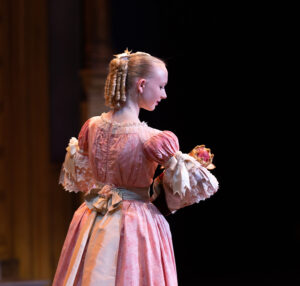 Ib: The first act party for the Party Kids and the Party Parents. There was a woman in Pittsburg that only makes costumes for movies. They’re period costumes, based on America from 1830. She’s the only one in America who does that…. I mean, these costumes, have a look at how they are constructed. It is unbelievable. But also some of those costumes were $12,000 each. We spent a million dollars on that.
Ib: The first act party for the Party Kids and the Party Parents. There was a woman in Pittsburg that only makes costumes for movies. They’re period costumes, based on America from 1830. She’s the only one in America who does that…. I mean, these costumes, have a look at how they are constructed. It is unbelievable. But also some of those costumes were $12,000 each. We spent a million dollars on that.
BAZ: Why did you choose to feature these specific costumes for Fashion & Fizz?
Ib: To make the show very diverse. We want to show the fashion house of Leonor, what she can do.
BAZ: How about Christopher Wheeldon’s Within the Golden Hour?
Ib: Golden Hour is a very special story because he had made two different designs. Originally, what he had made was for San Francisco Ballet. Those costumes were rented out somewhere else, so we couldn’t borrow them. Then we had costumes from The Royal Ballet in London, which I loved. We contacted this very famous guy, Joseph Conrad and he was like “Absolutely not…and you would have to be here…” So then Leonor and I decided, “let’s make our own.” Because we didn’t have an option, you know? She went to LA and found a million fabrics and then we put them in Chris’ face, so he didn’t really have an option to say “yes” or “no.”

BAZ: When you went to LA to get the fabrics, did you have the usual idea of thinking about the movement, etc.?
Leonor: No, I followed the inspiration from the other designs. I’m looking for something close, but not too close. Something where you can see the pattern onstage.
Ib: And then we decided on two different fabrics. One for the men and one for the women.
Leonor: They have an embroidered texture; the design was very interesting.
BAZ: Was there a connection between the two fabrics for the men and women?
Ib & Leonor: It was white, silver, and gold. They have a connection. The color, the sort of texture, and everything.
BAZ: Finally, is there anything you’re really excited about for Fashion & Fizz?
Ib: I think it will be a fun thing. They’re changing classical music from different ballets into something that can be used on a runway to walk. So there’s a rhythm to it, so that will be completely novel, you know? I hope it will be novel.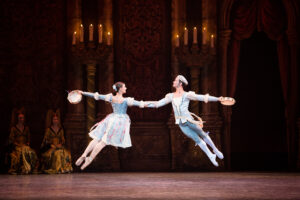
For people maybe it’s a strange thing to see this. I don’t know if they think it’s not exciting. I know there are Sicilian people that follow runway shows on YouTube because they’re so elaborate now. They use Dolce & Gabbana; they use millions on twenty minutes. Millions. So there’s a lot of people that follow that.
Leonor and I are not trying to emulate Dolce & Gabbana, but we actually have very interesting costumes. I think we can do a good show. All the men will be in sneakers. All the women will be in high heels. So there is some kind of uniformity that they won’t look like ballet dancers. I mean, they probably will physically. But at least we are trying to emulate a runway show.
BAZ: It’s a beautiful fusion of fashion culture with the runway and the artistry of ballet. It’s bringing those two worlds together.
Leonor: Yeah, because for me, the most important thing is most of these costumes on stage is the detail. You don’t see it from the stage. But now we are going to have the opportunity to see all the detail for some of the costumes. This is the most important for me. They dance and move too much, and you don’t see the effect. Because in ballet, the most important is the choreography, not the costume, you know? Now they are going to see.
Get your tickets to Fashion & Fizz today!

